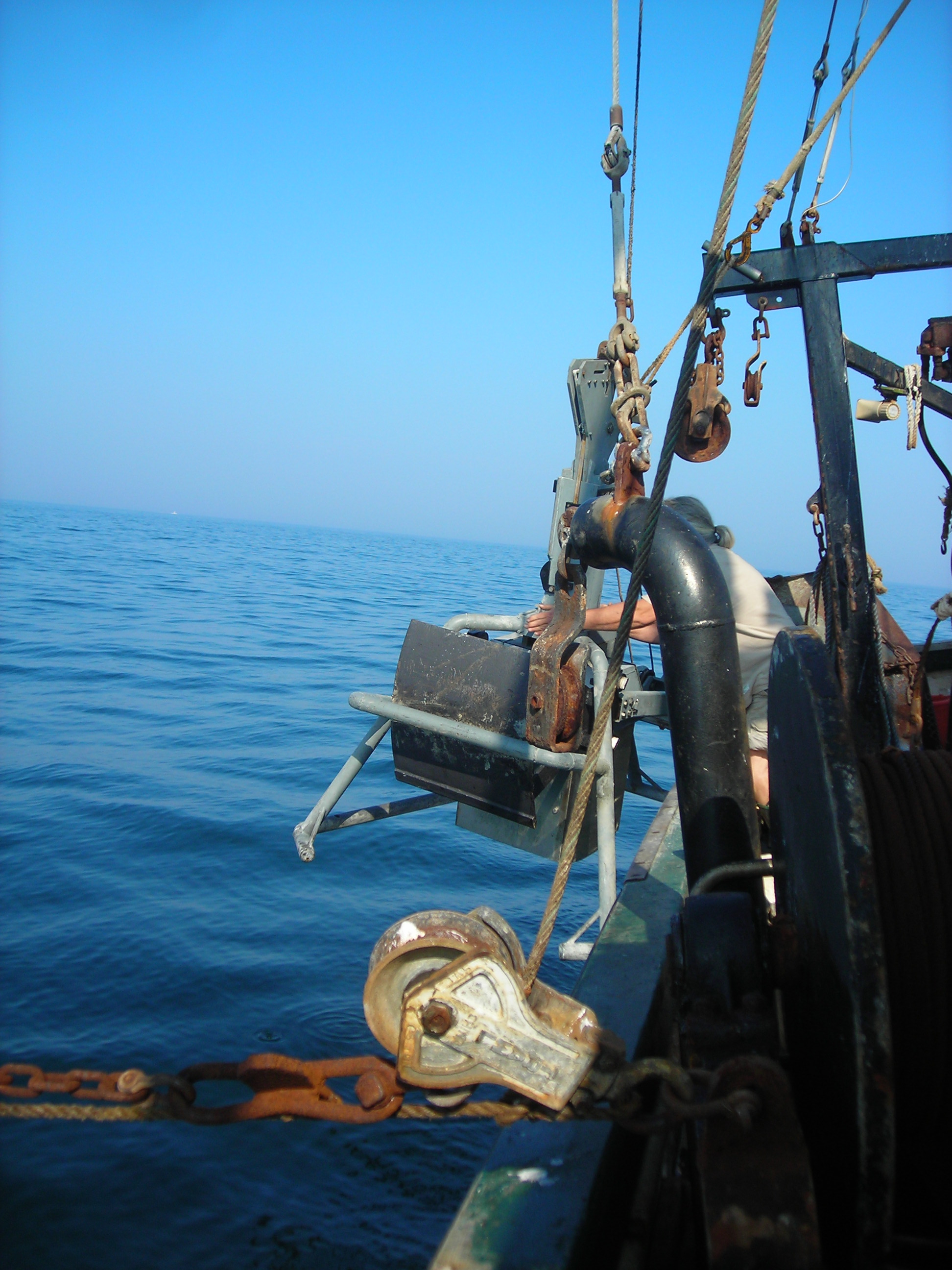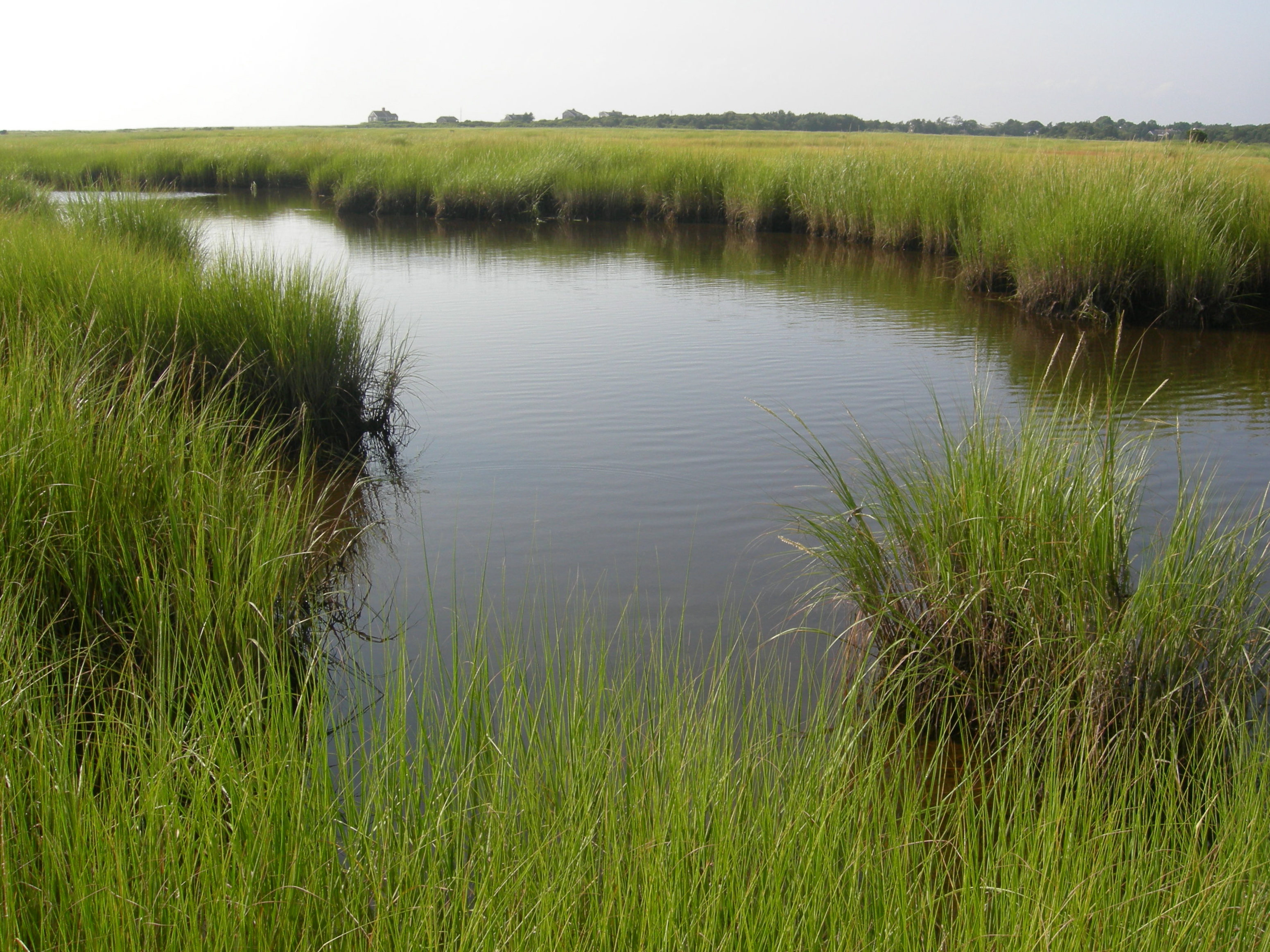Research
I study biogeochemical cycling and microbial ecology in soils and sediments. I'm interested in the intersection of humans and the environment, and what happens when the environment changes, whether due to seasonal cycles or climate change.
Background
Research areas
The Nitrogen Problem
Humans have massively altered fluxes of nitrogen through the environment around us, on a scale as grand as that of climate change, and with consequences for multiple facets of human life. Nitrogen makes up about 80% of the air around us, in a form (N2) that is relatively unavailable biologically. This N2 is naturally “fixed” into a more reactive form by specialized microbes - and, since the industrial revolution, by humans, who use the Haber-Bosch process to industrially create NH4+, mainly for fertilizer. In fact, humans have more than doubled the flux of N2 to the biosphere.
While this process has been pivotal for growing the food to feed our increasing human population, it has also had devastating consequences, largely because the nitrogen doesn’t all stay where it is put. Some of it is turned back into gaseous N2 through a process called denitrification, which can also release N2O (nitrous oxide), a greenhouse gas stronger than CO2 (carbon dioxide). Some of the nitrogen leaches out of soils and contaminates groundwater and drinking water sources with NO3- (nitrate), which is harmful in high enough concentrations. And some of this NO3- reaches coastal ecosystems, which causes eutrophication: algal blooms, fish kills and the “Dead Zones” that affect more than 400 systems worldwide.
When the nitrogen is in soil or ocean sediment, it can be converted between different forms - different nitrogen-containing compounds - by processes that are mediated by microbes. The fate of the nitrogen in the ecosystem is determined in part by the rates and relative importance of these processes. These processes, in turn, are regulated by environmental factors (like temperature, water or carbon availability) and the communities of microbes that carry out the processes. My research focuses on the relationship between the processes, the microbes and the environment, and how the system is altered by environmental change, be that normal seasonal cycles or global climate change.
Nitrogen in Agricultural Soils
About 75% of anthropogenic emissions of the greenhouse gas N2O come from agricultural fields, and up to 80% of these fluxes are released in the non-growing season, even when soil temperatures are below freezing. These fluxes are detrimental both because of the atmospheric warming effect of N2O and because they are losses of applied fertilizer nitrogen (N). Global warming may alter winter snow cover and snowmelt, and this may affect soil N cycling, and N2O fluxes in the winter and throughout the growing season. Snow insulates the soil and provides water when it melts in the spring, and both temperature and water affect soil N cycling processes like denitrification and nitrification. Furthermore, effects on soil N2O fluxes may be mediated by the community composition and activity of microbes that carry out these processes.
Research
Through lab studies and a 2-year field study, my research addresses the question: How does altered snow cover affect N cycling in soils, and microbial communities, in the winter and through the following growing season? Several manuscripts describing results from this work are currently in preparation. Results suggest that effects of changing snow cover on N cycling and N2O fluxes will be mediated by soil factors such as soil moisture and temperature, rather than being a straightforward effect of snow depth. Furthermore, field study results demonstrated a relationship between microbial abundance and ecosystem functioning, and between soil conditions and microbial activity. In addition, both field and laboratory studies indicate a legacy effect of prior soil conditions during freezing on greenhouse gas fluxes during and after thaw. These results could have implications for modeling greenhouse gas emissions from winter soils, and for our understanding of the conditions that enable substantial production and fluxes of soil greenhouse gases.
Co-authors: Claudia Goyer, Bernie Zebarth, David Burton, Martin Chantigny, Sophie Wertz
Nitrogen in Coastal Sediments
 Dropping the box core to collect benthic sediment in Rhode Island Sound
Dropping the box core to collect benthic sediment in Rhode Island Sound Human actions on land have greatly increased the flux of nitrogen (N) to coastal systems. Too much N in coastal systems causes eutrophication, with detrimental consequences like algal blooms, fish kills and seagrass death. Different microbially-mediated nitrate reduction processes either remove this N, which alleviates the problem, or recycle it into a different bioavailable form, which continues the problem. Which processes dominate, and the fate of ecosystem N, can be affected by environmental factors like temperature and the availability of carbon and nitrate.
Nitrogen is removed by the processes denitrification and anaerobic ammonium oxidation (anammox), which convert NO3- to gaseous N2. A third NO3- reduction process, dissimilatory nitrate reduction to ammonium (DNRA), converts NO3- to NH4+, which remains in the ecosystem. The balance of these processes affects the fate of ecosystem N.
Most of the denitrification in the ocean takes place in continental shelf sediments, so shelf processes are linked to the availability of global marine N - which is linked to oceanic primary productivity and global climate. Thus, understanding the controls on the rates and relative importance of nitrate reduction processes in coastal sediments is important for predicting the effects of climate change and other environmental alterations on global N cycling, as well as coastal eutrophication.
Research
Through field sampling, laboratory experiments and a microcosm study, my research has explored the seasonal and spatial variability of the rates and relative importance of different nitrate reduction processes, and examined the role of factors such as temperature, and organic matter and nitrate availability on sediment N cycling. This work has provided some of the first seasonal data on anammox and denitrification and their temperature dependence, and the first measurements of anammox and DNRA in Rhode Island coastal sediments. I have also demonstrated that warming and changes in organic matter availability can affect positive feedbacks on primary productivity by altering fluxes of N between the sediments and the water column, likely via changes in rates of denitrification and DNRA.
Co-authors: Jeremy J. Rich, Anne E. Giblin
Salt Marsh Nitrogen Interception and Export
 Great Sippewissett Salt Marsh in Falmouth, MA.
Great Sippewissett Salt Marsh in Falmouth, MA.
A substantial amount of anthropogenic nitrogen (N) from terrestrial ecosystems is intercepted by salt marshes before it reaches coastal ecosystems, but this N might have effects on the future ability of salt marshes to intercept N. To determine the long-term N interception capacity of salt marshes and to assess the effect of different levels of N input, we measured nitrogenous materials in tidal water entering and leaving Great Sippewissett experimental plots, which had received experimental nutrient additions for over 3 decades. Results indicated high interception of added N, with export less than 7% of additions for all treatment levels, emphasizing the important role that salt marshes play in intercepting N before it can cause eutrophication in coastal ecosystems.
